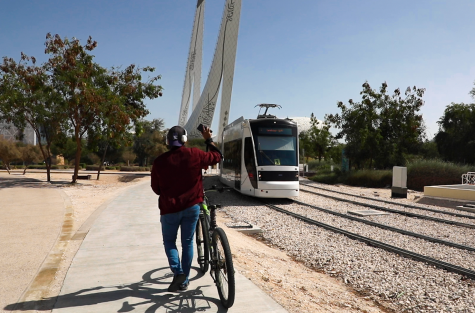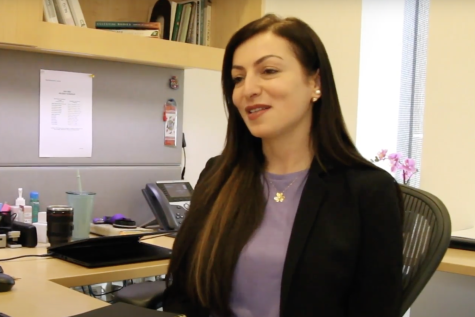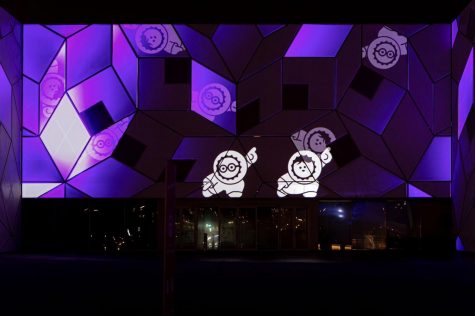[Interactive] A History Lesson on the Rising Peninsula – Satellite Images 34 Years Apart (1984 vs 2018)
1 – Dukhan Region
Oil exploration in the Dukhan region began as early as the 1930s. However, the modern city came to be when Qatar Petroleum (QP) started investing in megaprojects such as the NGL-4. To provide infrastructure and utilities, the QP Industrial Cities Directorate started work on the Dukhan Concession Area. To connect the city to the capital, Doha, a corridor was built and completed in 2017 by The Public Works Authority, Ashghal. The Doha-Dukhan Corridor can be seen jutting out of the city towards the east in the satellite image of Dukhan from 2018. South of the corridor, there are oval camel tracks close to the city. Once finished, the larger oval track will be eight kilometers long, while the inner track will be six kilometers in length. A few kilometers from the project site is Tharb Camel Hospital. Camel racing is a huge sport in the Gulf, and this hospital is the oldest and one of the few such facilities in the region.
2 – Al-Khor
Just 50 kilometer north of Doha, Al-Khor is one of the venues for the 2022 World Cup. Al-Khor Island, also known as the Purple Island, has archeological sites dating back to 2000 BCjust off the bay. The entire coastal region is rich in historic sites and natural attractions. More recently, the city has housed workers of the northern oil and gas fields, and is one of the biggest cities in Alkhor & Althakhira Municipality. The Qatar Real Estate Company, Alaqaria, has invested about two billion Qatari Riyals to create one of the largest residential complexes in Qatar to house employees.
3 – Ras Laffan
Ras Laffan City is 80 kilometers north of Doha and is owned by QP. The industrial city began its operations in 1996 after the North Gas Field, the world’s largest field of its kind, was discovered 25 years ago. According to Qatar Petroleum, the city “offers infrastructure, facilities, and services … with the aim of providing industries and other stakeholders an efficient and competitive business environment”. The port successfully landed its 10,000th cargo ship carrying non-LNG related shipment in May 2019.
4 – Doha
Doha has arguably seen the biggest change in the last few decades, and its shoreline became virtually unrecognizable with the exception of the West Bay area. The city has quadrupled in size in these years with more development happening inland than ever before. The new airport, spread over 2200 hectors, was in planning since 2003 and has started cargo operations in 2013. The Pearl, an artificial island in the shape of a string of pearls, spanning nearly four square kilometers, can accommodate 50,000 residents, making it one of the largest real-estate developments in the Gulf region.












